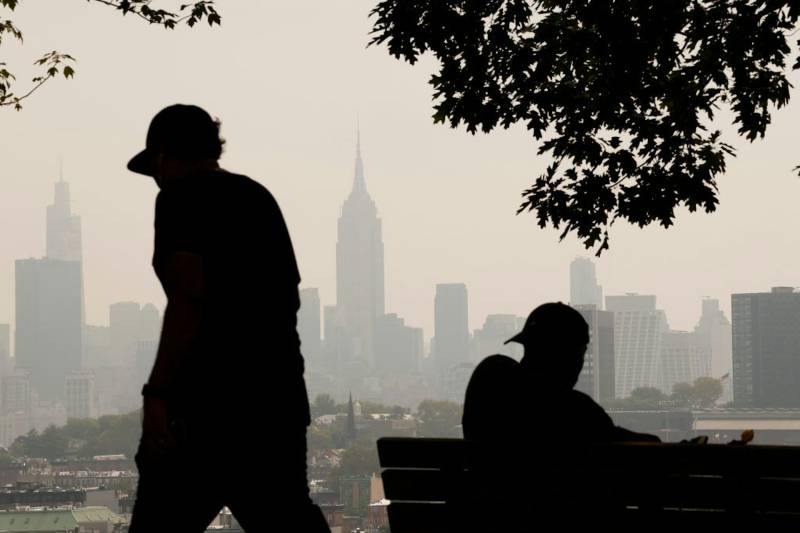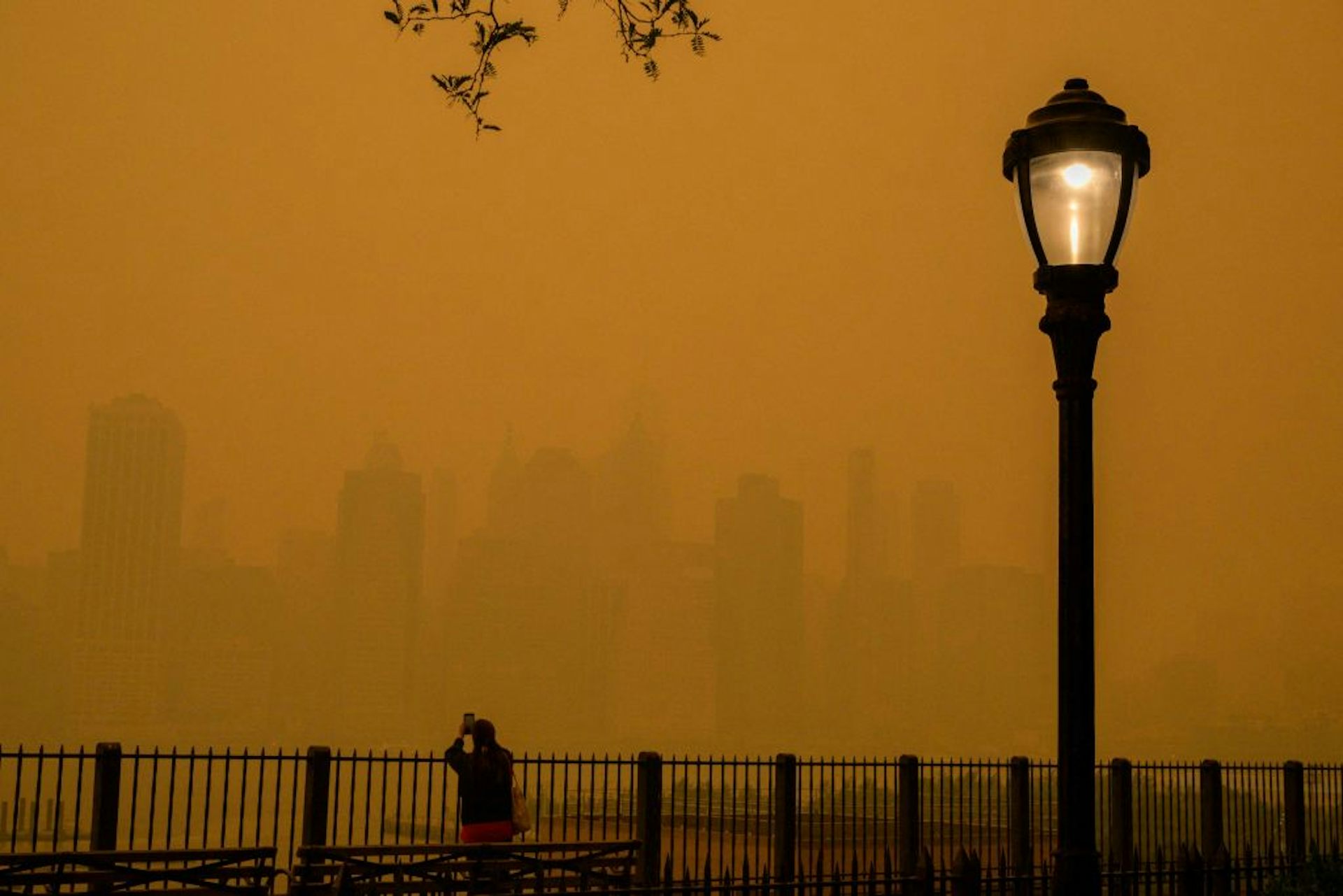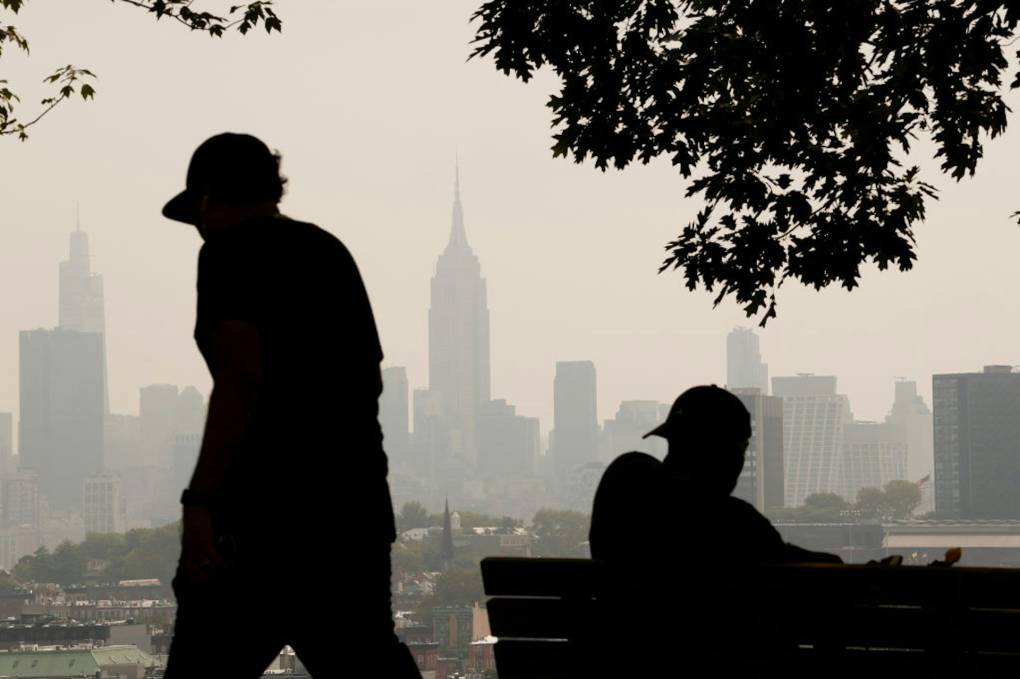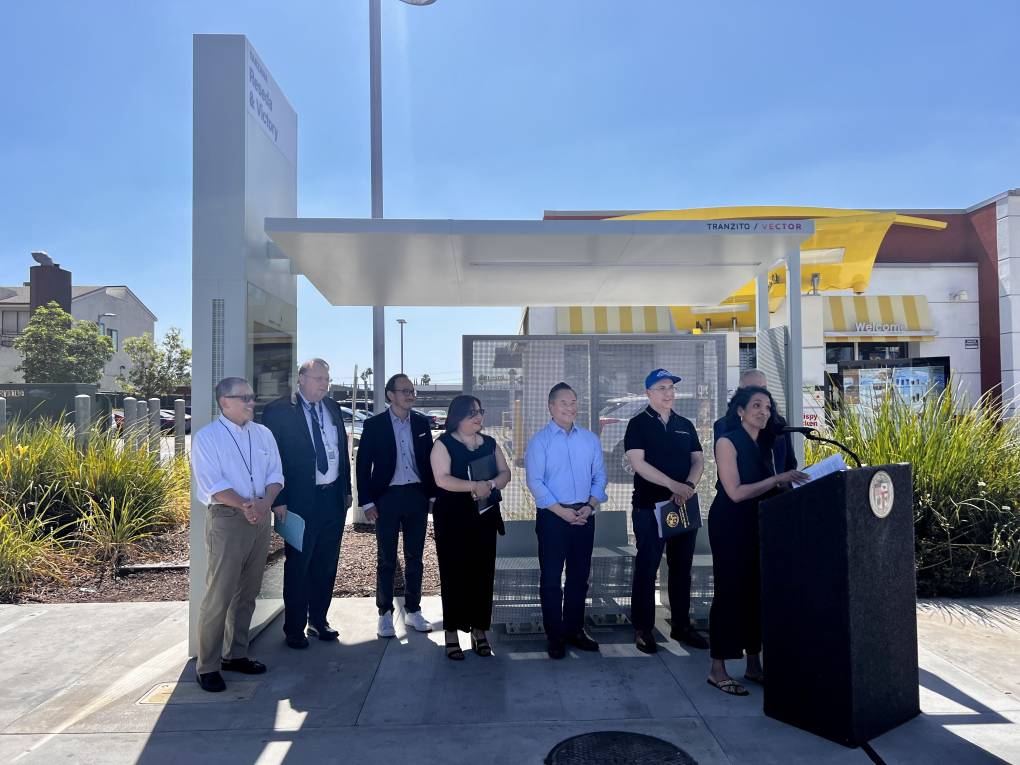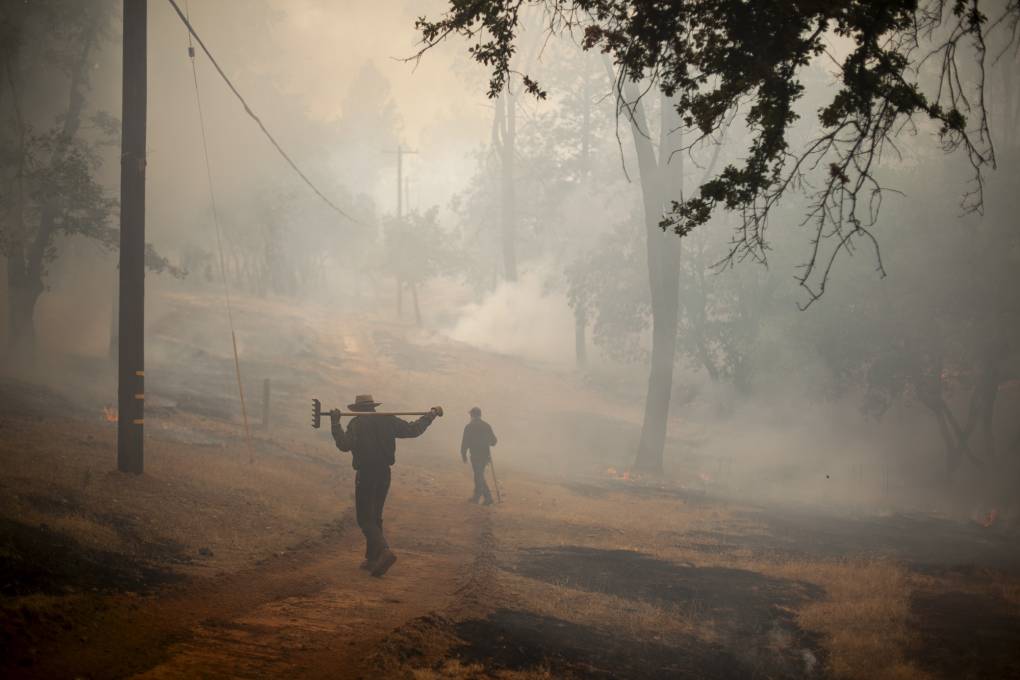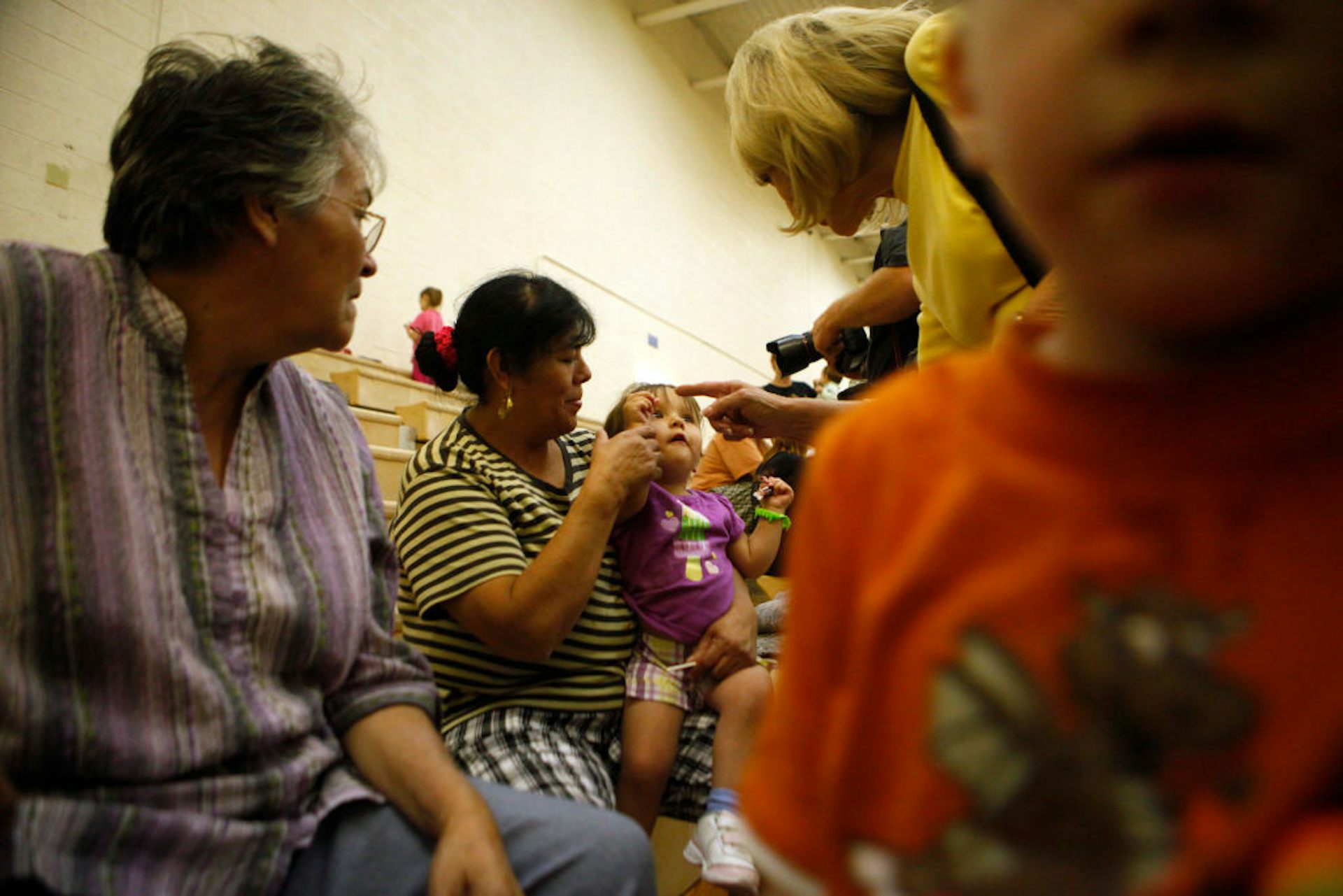This story, by Rachel Morello-Frosch, UC Berkeley professor of environmental science, policy, management and public health, and Joan Casey, University of Washington associate professor of environmental and occupational health sciences, was originally published by The Conversation.” Morello-Frosch receives funding from the National Institutes of Health, California Air Resources Board, and the California Breast Cancer Research Program. Casey receives funding from the National Institutes of Health.
K
ids born in 2020 worldwide will experience twice the number of wildfires during their lifetimes compared with those born in 1960. In California and other western states, frequent wildfires have become as much a part of summer and fall as popsicles and Halloween candy.
Wildfires produce fine particulate matter, or PM₂.₅, that chokes the air and penetrates deep into lungs. Researchers know that short-term exposure to wildfire PM₂.₅ increases acute care visits for cardiorespiratory problems such as asthma. However, the long-term effects of repeated exposure to wildfire PM₂.₅ on chronic health conditions are unclear.
One reason is that scientists have not decided how best to measure this type of intermittent yet ongoing exposure. Environmental epidemiologists and health scientists like us usually summarize long-term exposure to total PM₂.₅ – which comes from power plants, industry and transportation – as average exposure over a year. This might not make sense when measuring exposure to wildfire. Unlike traffic-related air pollution, for example, levels of wildfire PM₂.₅ vary a lot throughout the year.
To improve health and equity research, our team has developed five metrics that better capture long-term exposure to wildfire PM₂.₅.
Measuring fluctuating wildfire PM₂.₅
To understand why current measurements of wildfire PM₂.₅ aren’t adequately capturing an individual’s long-term exposure, we need to delve into the concept of averages.


